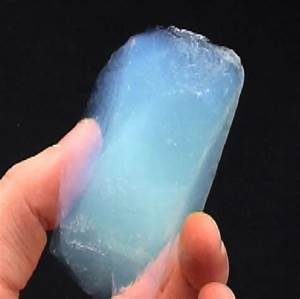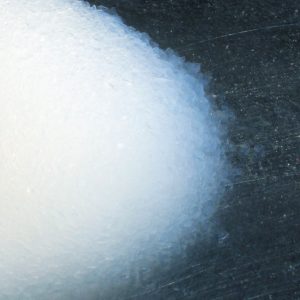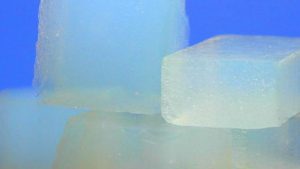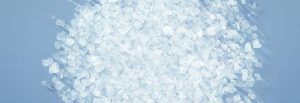Aerogel is an extraordinary material. Steven Kistler (scientist and chemical engineer) casually discovered aerogel for a bet in 1931 with Charles Learned at College of Pacific, Stockton, California. The winner of the bet would have been who had exchanged first a liquid of a glaze with gas without cause a collapse. The first result was silica gel.
Aerogel is one of the most innovative and particular last century discovery. It’s a kind of glaze blend but the difference is that aerogel is gas and solid material together. The result is a solid foam that has particular features, the most important is insulation efficiency.
Aerogel is at present the lightest solid material in the world, composed by 99,8% of air and 0,2% of amorphous silica, the principal glass component. It’s not only the lightest solid material, but also an excellent thermal insulating and very high temperature resistant.
Aerogel is used in a different work aeras: in construction sector it has revolutionized the thermal insulation system becoming from insulating material for special works to standard product for buildings in construction sector. It is a perfect thermal insulating: aerogel made with silica is an excellent insulating material for heat conductivity because silica is a low conductor.
We can imagine aerogel like a solid foam, nicknamed iced smoke, solid smoke, blue smoke for its trasparency. To the touch its surface is like foam rubber, even if it’s not so soft, the sensation is like when you touch a light foam but strong and the material is dry but really spongy thanks to its dendritic microstructure. Aerogel appears trasparent for the large quantity of air but if you look better the color seems to be light blue with a bright background. It is thinner than glass but heavier than air and it’s high temperature resistant.
NASA used aerogel to trap interstellar dust particles during Stardust space mission for thermal isulation of Mars Exploration Rover and spacesuits. These particles vaporize when they impact with solids and go through gases but they can be trapped in aerogel.
Silica aerogel is the most common aerogel, the most studied and used. It’s the solid material thinner known in the world, it’s silica nanofoam (silicon dioxide) with 1 mg/cm³ density, a lighter aerogel version of 1,9 mg/cm³ (air density is 1,2 mg/cm³). Aerogel has an extremely low thermal condictivity (from 0,03 W/mk to 0,004 W/mk), that’s why it is an excellent thermal insulating. Its melting point is 1200 °C.
Aerogel is ecological product because it doesn’t damage the environment and human being, it doesn’t produce waste and it doesn’t pollute.
Bio cappottotermico.net thermal plaster low tickness patented and certified is made with aerogel nanotechnology and lime putty.





